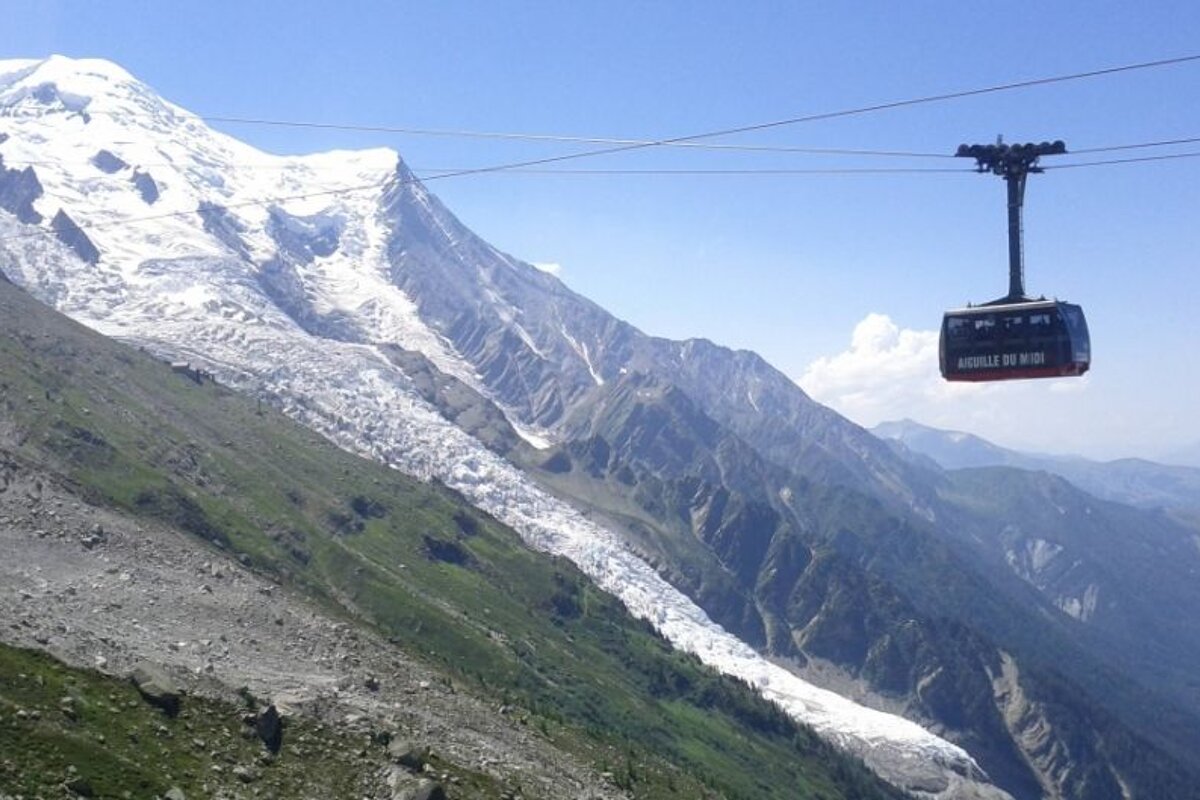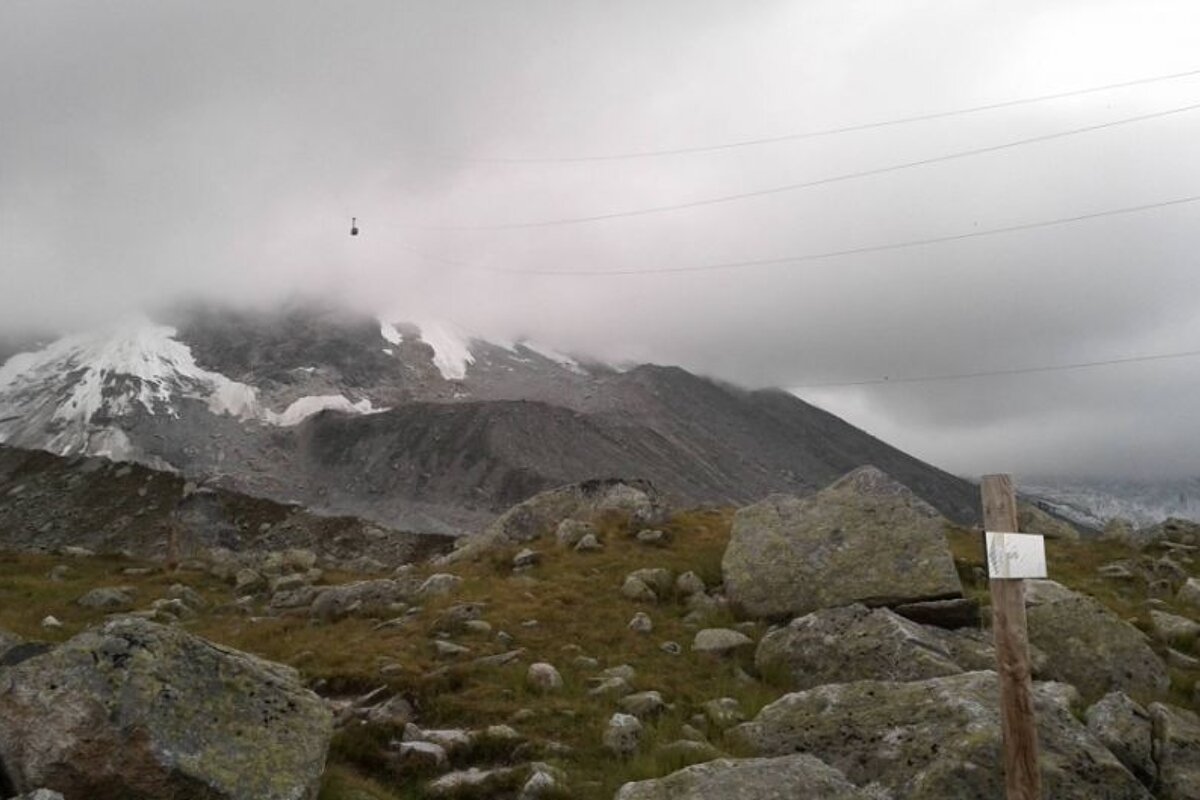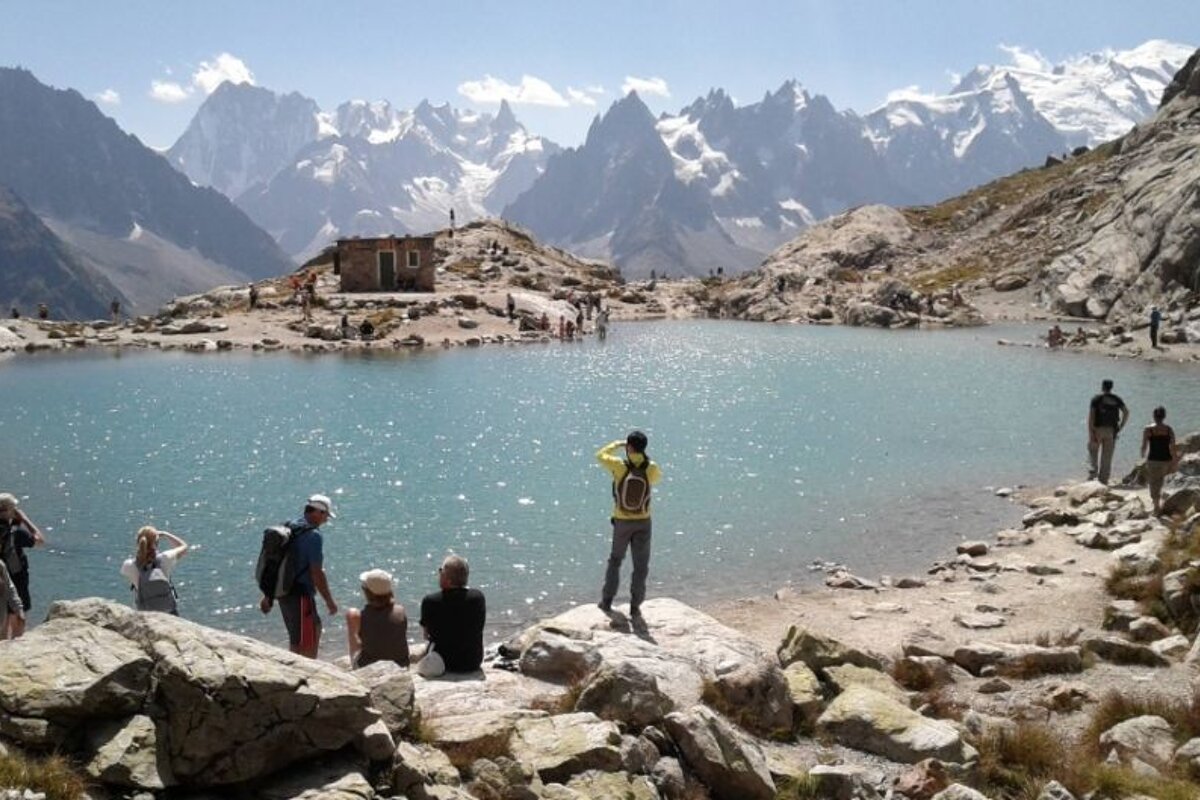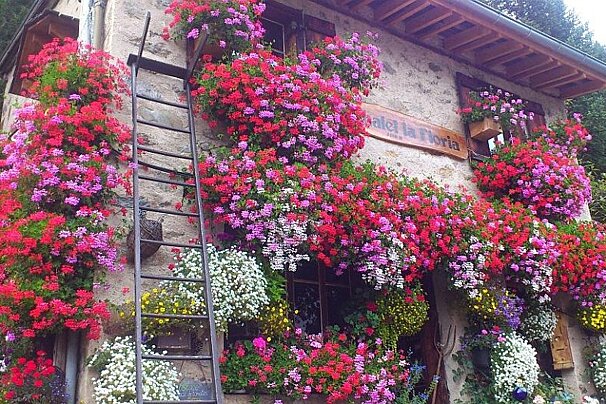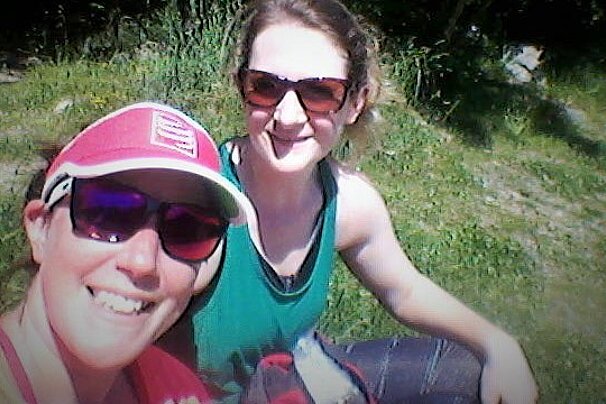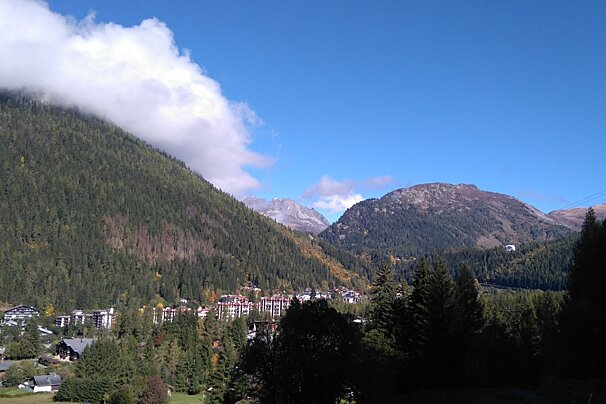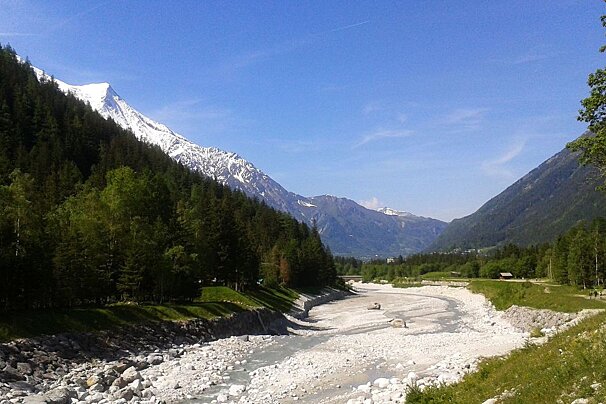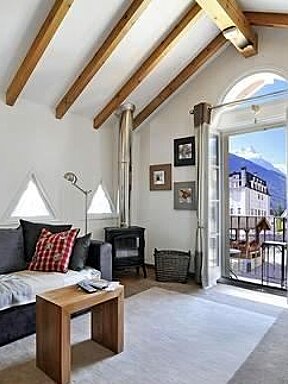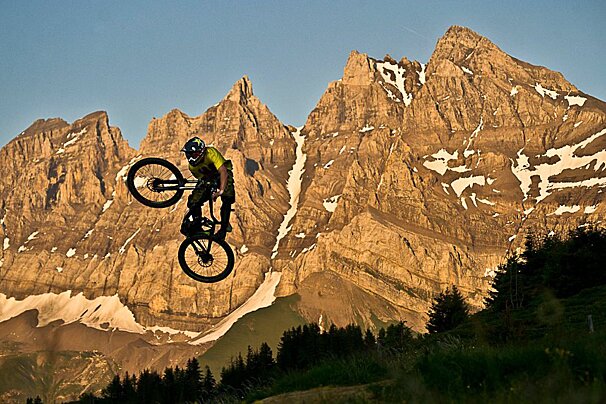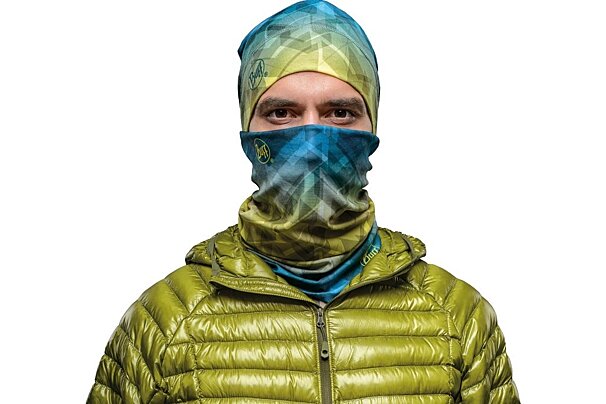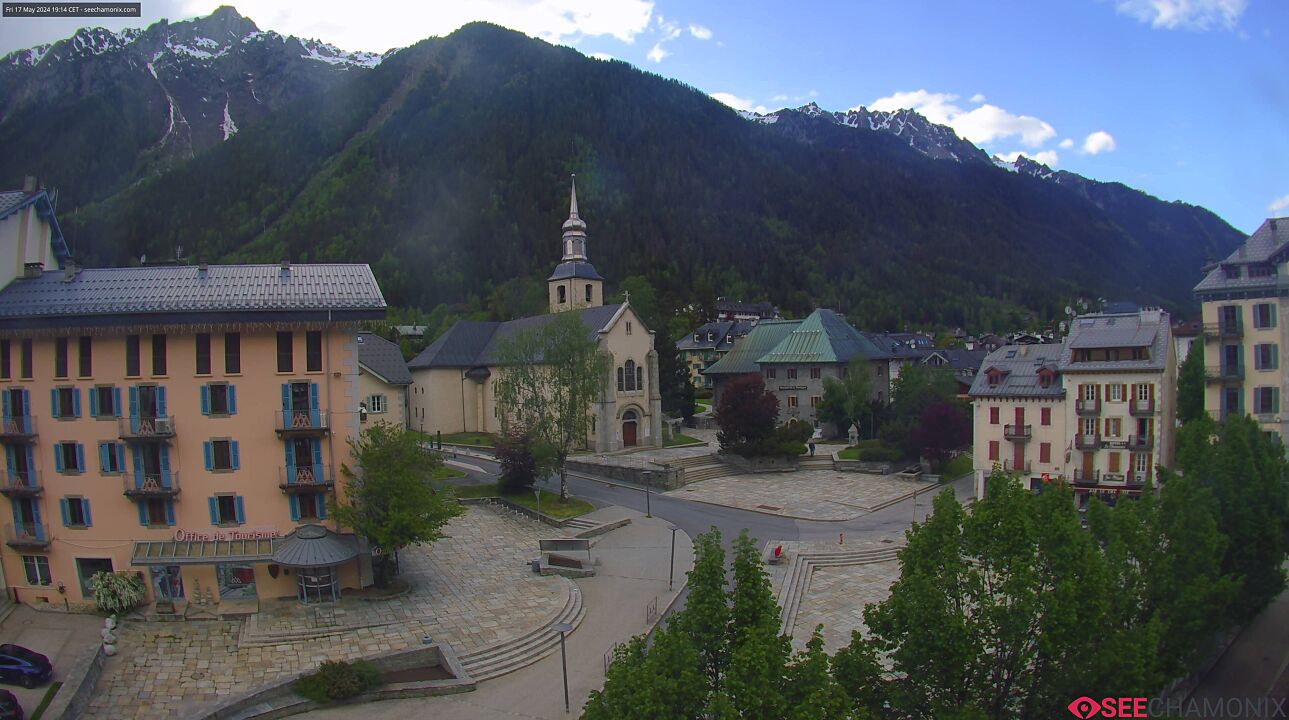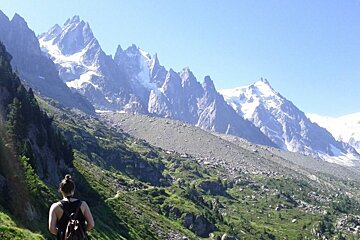
© Chamonet

© Chamonet

© Chamonet
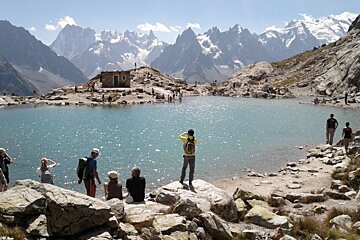
© Chamonet
Hiking in Chamonix
Discover the top Chamonix walking areas
If you come to Chamonix in the summer (and we think you really should), the chances are you'll want to get your walking boots on and go for a ramble or two. There's so much to choose from that the only difficulty comes in picking a route to do. Fortunately, the Chamonix Valley possess one of the most complete, well sign-posted and well maintained networks of mountain footpaths in the Haute Savoie region.
With over 600km (400 miles) of marked trails in the valley, going on a hike here can be as easy or as technical as you want it to be, whether it's a walk in the Aiguilles Rouges Nature Reserve or a hike up Le Tour. Check out our hiking and walking routes for some tried and tested suggestions, where we've included routes that start as a gentle promenade, routes for walking with children and some longer day hikes for the relatively active walker. If you wish to venture into the high alpine environment and onto the glaciers, check out the mountain guides in town who will be able to advise you further.
It's always wise to seek the advice of those in the know before setting off or deciding on a walk/hike. The Office de la Moyenne et Haute Montagne near the tourist office (Place de l’Eglise) is just the place to do this. Experts are available all year round to offer advice and information (in English) to the experienced and inexperienced alike. They can also provide information on weather forecasts, state of the trails (snow coverage etc), refuge opening and closure dates and general advice on your choice of route to help you plan your adventures.
For all the useful emergency services numbers head to our emergency services page and save the numbers before embarking on your walk or hike in Chamonix.
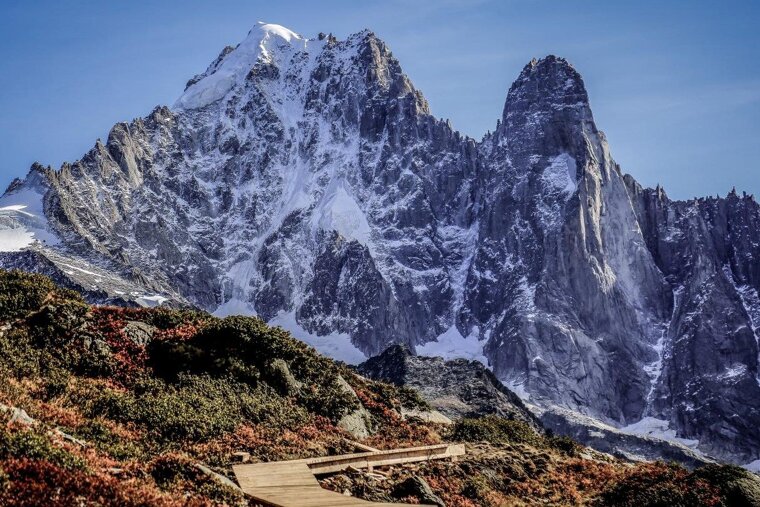
Walking trails & routes
As the snow disappears after winter, the valley gradually reveals well-maintained, signposted hiking trails. Whether you prefer gentle walking along the valley floor or making a day of it, scaling some of the high altitude routes; Chamonix has something for you to enjoy.
There's so much to choose from that the only difficulty comes in picking a route to do. Fortunately, the area possesses one of the most complete network of mountain footpaths in the Haute Savoie region. Walking here can be as easy or as technical as you want it to be.
The valley also has an excellent public transport and lift network to help you make the most of the stunning surroundings, and pedestrian passes are available both in summer and winter.
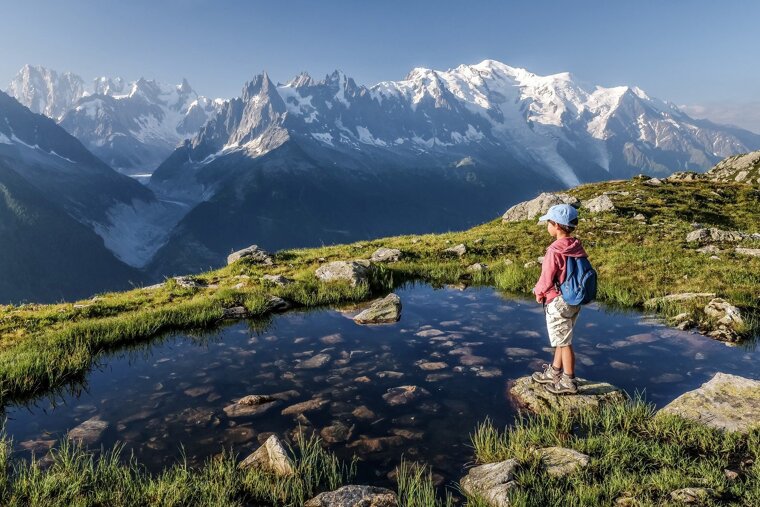
Hiring equipment
There are a number of sports shops in Chamonix stocking all the equipment and accessories you might need.

Refuges & huts
The Chamonix Valley has a number of mountain huts, most of which are open in the summer months, with some open all year for mountaineering. From easily accessible from town huts, to those in the back corners and far reaches of the valley, you should be able to make a booking to suit your trip - just allow plenty of time ahead of arriving to make the booking.
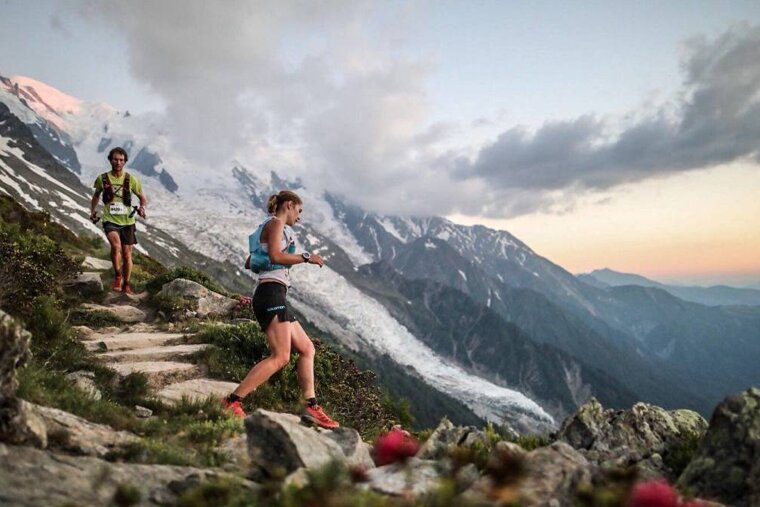
Races & events
There are a number of high profile trail races that take place in Chamonix each year. For the latest dates, have a look at our events calendar.

Safety advice
Although the footpaths are very well maintained and signposted, you should always exercise caution when venturing into the mountains, particularly at the beginning of the summer season when there may still be snow covering some parts of the footpaths, which must therefore be crossed with caution. Frozen avalanche debris can remain in the gullies until well into the summer making it dangerous for an ill-equipped or inexperienced walker to cross.
Before you embark on any activities in the mountains you should remember that you are likely to be at a considerably higher altitude with more rugged terrain than you are used to at home. For that reason it is particularly recommended that you:
- Are as physically fit as possible - Ensure you are fully aware of your limitations and of those accompanying you (children and elderly people).
- Are appropriately equipped - Choose sturdy footwear with ankle support, warm, water repellent clothing (even if the sun’s been beating down for days), sun cream, sunglasses, map, plenty water, food and snacks, first aid kit.
- Check your itinerary with the tourist office - Even the easiest and best marked trails can present unexpected hazards such as rock slides or snowfall.
- Allow plenty time for your chosen route - Additionally, leave an extra margin in case of incident. Let someone know where you are going and when you expect to be back. Nightfall may take you by surprise so it is wise to carry a flashlight/headtorch, don't rely on your phone in case of battery problems.
- Stay on the marked trails - This is especially important on steep slopes or precipices. Never take short cuts as doing so causes erosion, channelling the rain water and resulting in deterioration of the trails that are so hard to maintain.
- Check the weather forecast - It is always advisable to check the weather forecast before setting off as this can greatly affect your walk or hike.
- Respect the environment - The mountains here are breathtakingly beautiful but the balance of nature is very fragile. In order to maintain the beauty of the valley; don’t light fires, ensure you take your rubbish with you, leave the flowers for others to admire and avoid making excessive noise that may disturb the wildlife.
- Ensure your dog is kept on a lead where necessary - Look out for signs requesting that you keep your dog on a lead. Some areas are prohibited to dogs altogether, which is done to protect local wildlife. It is prohibited to let your dog off the lead at all between 15th April and the end of June. This is because it is breeding season for many mountain species and it is important that the animals are left in peace.
End of season Mountain Biking at Flegere
September so soon! It only seems like yesterday everyone was eagerly awaiting the opening of the lifts for summer and now, now they're staring to close (though here's the details for when they open again for the winter).
Hiking the Route for the Mont Blanc Half Marathon
Now, let's be clear here - I am not actually taking part in the Mont Blanc Half Marathon, which is better known as the Cross. However, I like to think that I am a good friend and I felt bad letting my mate head off alone to check out this mammoth...
Hiking up to Les Prapators via Le Chapeau
With having spent a few years exploring the trails of this valley, I thought I knew all the accessible routes so when someone mentioned one I’d never heard of I was excited to check it out - even more so when I was promised a good lunch along...

